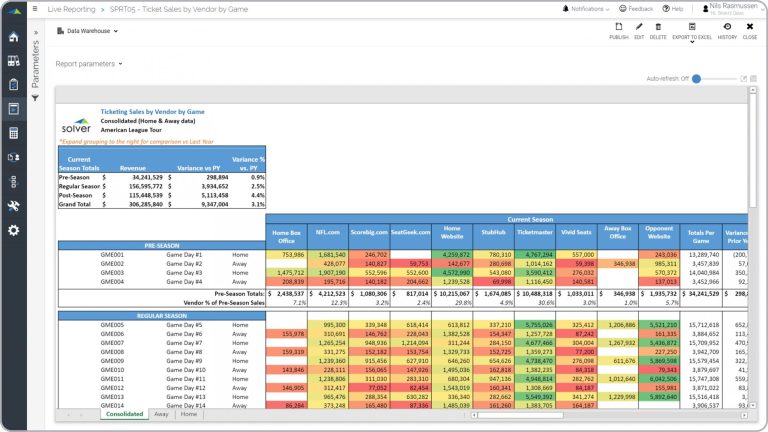LOS ANGELES – The box office closed the month on a mixed note, with a pair of tentpoles lifting overall receipts as several mid-budget releases failed to find footing. Premium formats continued to drive higher per-screen returns, while weekday business lagged behind stronger weekend spikes.
In this , we break down the winners and underperformers, chart-toppers and surprise breakouts, and the titles that couldn’t sustain momentum. The overview includes studio market share, domestic and international splits, week-to-week holds, and what these trends signal for the release calendar ahead.
Table of Contents
- Family animation lifts revenue while adult dramas stall amid streaming competition
- Premium formats and regional markets buoy grosses even as attendance softens
- Studios should front load campaigns for event titles and reposition midbudget dramas into shorter theatrical runs with targeted streaming follow through
- Insights and Conclusions
Family animation lifts revenue while adult dramas stall amid streaming competition
Family-friendly animated releases drove weekend traffic, buoyed by repeat attendance, school breaks, and premium-format upsells, lifting overall receipts even as adult-oriented dramas posted soft starts and steeper second-week drops under the weight of aggressive streaming availability. Exhibitors cited fuller matinees and resilient weekday holds for PG titles, while prestige fare struggled to translate strong reviews into walk-up sales. Marketing momentum favored character activations and cross-promotions, contrasting with leaner campaigns for limited-release dramas facing shortened theatrical windows and audience fragmentation-signaling a widening gap between four-quadrant family appeal and niche adult turnout.
- Top drivers: recognizable IP, franchise sequels, and premium large formats boosting per-screen averages.
- Pressure points: awards-leaning dramas converting acclaim to tickets at lower rates amid at-home discovery.
- Demographics: parents with children and teens outpacing adult-only attendance, especially at matinees.
- Release strategy: longer legs for PG titles; adult dramas relying on platforming and eventized Q&As to build momentum.
- Outlook: studios eye staggered windows and family-centric holiday corridors to sustain the revenue bump.
Premium formats and regional markets buoy grosses even as attendance softens
Despite a noticeable dip in footfall, exhibitors and studios sustained revenue momentum by steering audiences toward higher-yield formats and pockets of localized strength. Operators leaned into premium showtimes and screen upgrades to preserve margins, while regional circuits amplified performance with language-led releases and staggered rollouts that extended legs beyond opening weekend. The result: a smaller base of patrons generated comparable or better receipts, driven by upselling, strategic programming, and targeted promotions aimed at suburban multiplexes and emerging city clusters.
- Premium large formats: IMAX, Dolby, and 4DX commanded outsized per-screen averages, cushioning softer weekdays.
- Regional momentum: Tier-2/3 markets and language-specific titles posted resilient holds, aided by local holidays and grassroots marketing.
- Eventization: Concert films, anime, and limited reissues filled schedule gaps and sustained weekend peaks.
- Pricing strategy: Dynamic weekend surcharges and bundled offers lifted average ticket value without deep discounting.
- Concessions mix: Higher per-capita spend at the snack counter added incremental gross even as attendance moderated.
Studios should front load campaigns for event titles and reposition midbudget dramas into shorter theatrical runs with targeted streaming follow through
With opening weekends now determining a film’s fate, studios are concentrating media and promotions in the final stretch before release for spectacle-driven titles, while compressing the theatrical footprint for character-led fare and using precision digital to convert interest at home; the approach blends premium-format scarcity and geo-targeted frequency for tentpoles with three-week runs, talent activations, and preannounced home dates for adult dramas, ensuring momentum transfers cleanly into subscriber acquisition and high-intent viewing.
- Front-load P&A: Pull the bulk of spend into the last 21 days; prioritize high-impact video, presales, premium-format messaging, and influencer countdowns to maximize opening density.
- Short theatrical cycles for midbudget dramas: Book selectively for three weekends, stack prime shows, add Q&As, and exit ahead of decay to protect ADR and word-of-mouth.
- Signal the home window early: Tag late-cycle spots with a firm “watch at home” date to capture intent and reduce drop-off between theatrical and digital.
- Targeted streaming follow-through: Retarget ticket buyers and trailer engagers with lookalikes, talent-led featurettes, and in-app placements timed to debut week.
- Measure what matters: Track presale velocity, premium mix, ROAS by creative cut, week-two falloff, and post-streaming completion to dynamically reallocate spend.
Insights and Conclusions
The month closed on a mixed note, with a handful of clear winners offset by several underperforming mid-tier releases and one or two franchise misfires. The results reinforced ongoing trends: audiences are rewarding event-driven titles with strong premium-format play, while discovery remains uneven for adult-skewing dramas and comedies. Holdover strength proved decisive, as films with strong word-of-mouth edged past front-loaded openers by week three.
Attention now shifts to the next slate, where release spacing, premium screen allocation, and overseas rollouts will be critical swing factors. Watch the indicators: second-weekend drops, per-theater averages on expansions, weekday traction, and pre-sales in key markets. With awards-season contenders and a few high-visibility genre titles on deck, the coming weeks will test whether momentum can broaden beyond the top tier. Full results in the next Monthly Box Office Report.


